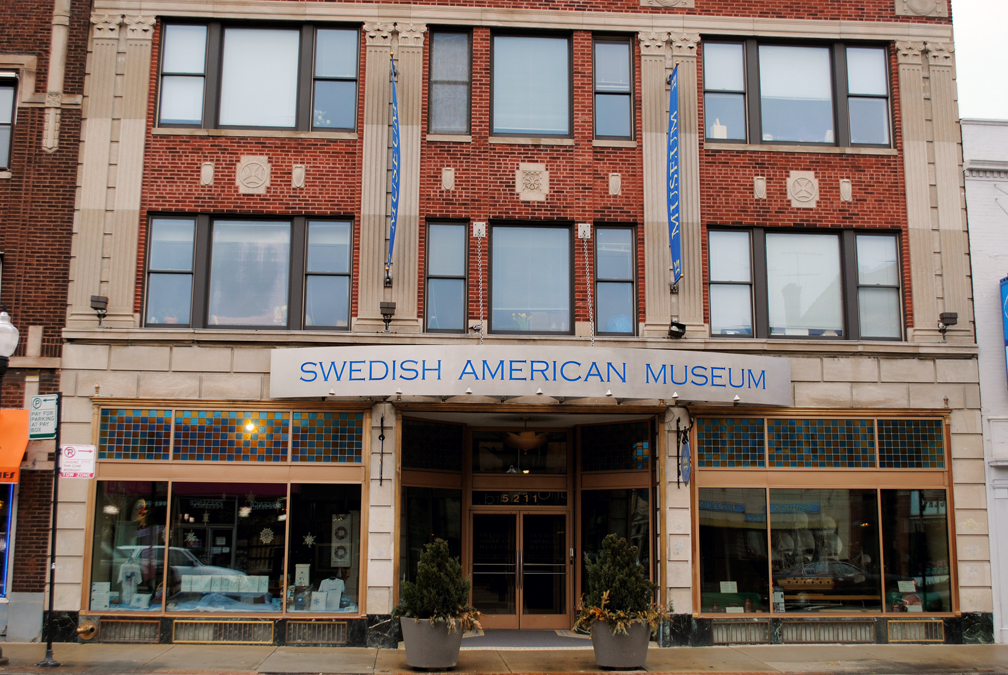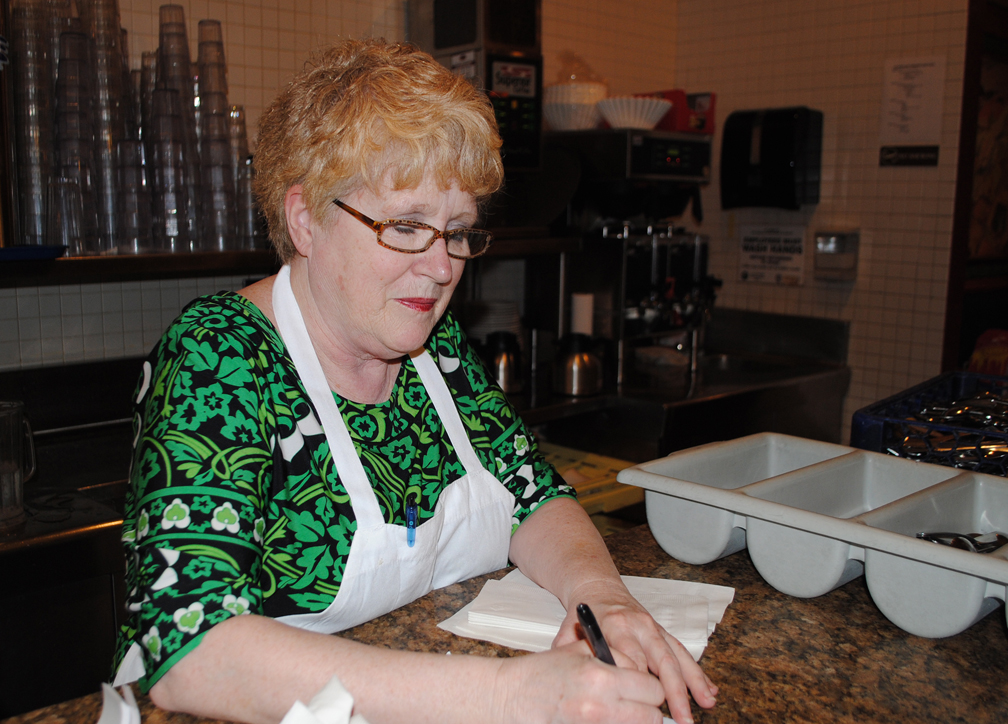Swedish Easter in Chicago
Ann Sathers, Tre Kronor, Swedish Bakery... Swedish communities in Chicago prepare their own traditions in order to celebrate Easter.
-
 The Swedish American Museum sits on N. Clark Street as a major pillar in Andersonville.
The Swedish American Museum sits on N. Clark Street as a major pillar in Andersonville. -
-
Chicago is filled with many different cultures that celebrate holidays in their own ways. As Easter is coming up, Andersonville and other swedish communities prepare for the celebration.
Ann Sathers, at 5207 N. Clark St. in Andersonville, is a bustling restaurant on any day, and it is sure to have a full crowd on Easter Sunday. Manager Clara Smith says they will serve the normal breakfast menu as well as a special Easter menu of lamb, salmon, beef tenderloin, roast turkey, ham and veggie lasagna.
Proudly standing at 5348 N. Clark Street is the Swedish Bakery which has been in business since the late 1920s. Paper cutouts of eggs and chicks hang from the ceiling and signs throughout the store wish customers a happy Easter. Owner Kathy Stanton-Cromwell says the bakery sells semlor—jokingly referred to as the Swedish hamburger—throughout the Lenten season. They also specialize in the ever popular marzipan and have special versions just for the Easter holiday.
The Nordic Family Genealogy Center is located inside the Swedish American Museum at 5211 N. Clark St. On Sat., March 23, there was a genealogy session, with a presentation of the events leading up to Easter and their Swedish traditions.
At 3258 W. Foster Ave. is Tre Kronor Svensk Restaurang, which is very popular among people of all kinds. Although they do not offer any special Easter fare, waitress Jill Matthews says, “We are so busy that it is one of the only holidays we take reservations.” -
 Ann Sather restaurant manager Clara Smith enthusiastically describes exactly what they will be serving on Easter Sunday.
Ann Sather restaurant manager Clara Smith enthusiastically describes exactly what they will be serving on Easter Sunday. -
-
'Easter is about family and friends'
Ida Ericsson, 22, is a native Swede who has lived and studied at Chicago's North Park University for just over three years. “I have spent three Easters in America and I have enjoyed them all. The day has always been about family and friends,” says Ericsson. She explained that in both her hometown of Jönköping and in Chicago, she attends church in the morning and then enjoys a meal with loved ones. “We usually decorate our homes with branches from outside the house and adorn them with colorful feathers and painted eggs. We also have a lot of daffodils and tulips around the house. The only real difference is that no one dresses up as Easter witches as there is no paskkarring tradition.”
Lina Hogstrom, former North Park student, agrees. “As children, we would dress up as witches or rabbits and hand out homemade Easter cards that were filled with candy. When I spent an Easter in Chicago, I missed expecting a knock on the door from a child dressed in costume.” Hogstrom described how much she enjoyed Easter in Chicago, though, saying that it was a lot of fun to see friends and family together and share a meal.
Erik Kinnhammar, North Park graduate and native Swede, says he does not see any big differences during the Easter holidays between the two countries. However, instead of parents hiding many candy-filled eggs as in America, the tradition in his family is that a large egg is hidden for each child with a great deal of candy inside.
Although Sweden and the United States have different ways of life and traditions, it seems the two cultures have similar Easter customs. -
-
